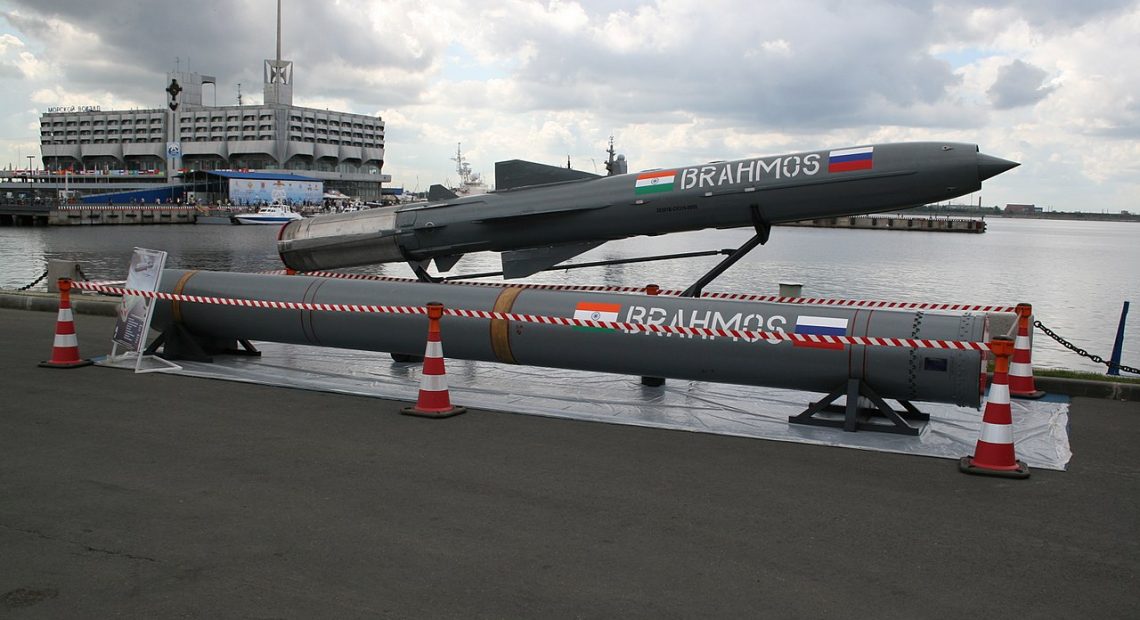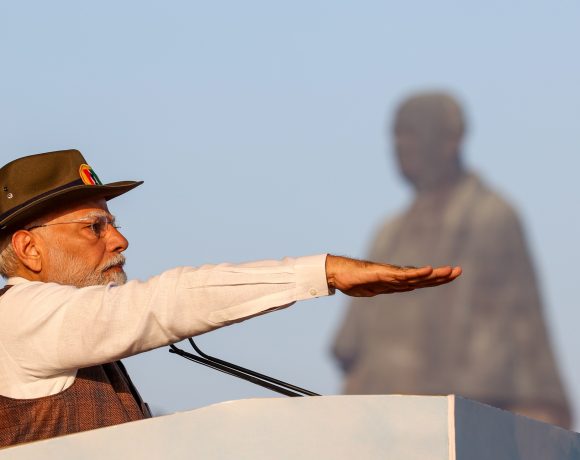
BrahMos Strike on Nur Khan Base Left Pakistan 30 Seconds From Panic
A top adviser to Pakistan’s Prime Minister has revealed that the BrahMos missile fired by India at the Nur Khan airbase near Islamabad left the Pakistani military with only 30 to 45 seconds to assess the threat—sparking a moment of near panic over the possibility of a nuclear escalation.
BrahMos Strike Sparked Crisis
Rana Sanaullah Khan admitted that the missile strike triggered an intense crisis within Pakistan’s command circles. “The Pakistani government had just 30–45 seconds to analyse whether the missile has any atomic payload. To make such a decision in just 30 seconds is a dangerous thing,” he said, highlighting how uncomfortably close both countries came to catastrophe. The uncertainty led to fears that the missile might be a decapitating first strike, challenging India’s stated no-first-use nuclear policy.
Strategic Airbase Targeted
The Nur Khan airbase, located just outside Islamabad, serves as a critical military facility for transport aircraft, radar coverage, and senior military operations. It is also believed to be connected to Pakistan’s Strategic Plans Division (SPD), which oversees its nuclear command infrastructure. The BrahMos strike reportedly damaged several structures including hangars and radar equipment, forcing Pakistan to mobilize key assets and contemplate worst-case scenarios.
U.S. and India De-escalation Channel
In the aftermath of the strike, high-level communication channels were activated. While Pakistani officials have previously acknowledged direct military dialogue with India’s Director General of Military Operations (DGMO), this new account also attributes significant de-escalatory influence to the United States, specifically through the involvement of then-President Donald Trump. Emergency communications helped Islamabad interpret the strike as a conventional one, avoiding an immediate retaliatory spiral.
Fear of Miscalculation
The incident laid bare the extreme vulnerabilities within South Asia’s nuclear balance. A single misread signal could have spiraled into retaliatory strikes. Pakistan’s leadership reportedly held emergency consultations to evaluate the survivability of its nuclear command infrastructure in the event of further Indian strikes. The threat of escalation prompted Pakistan to ultimately accept a ceasefire.

















